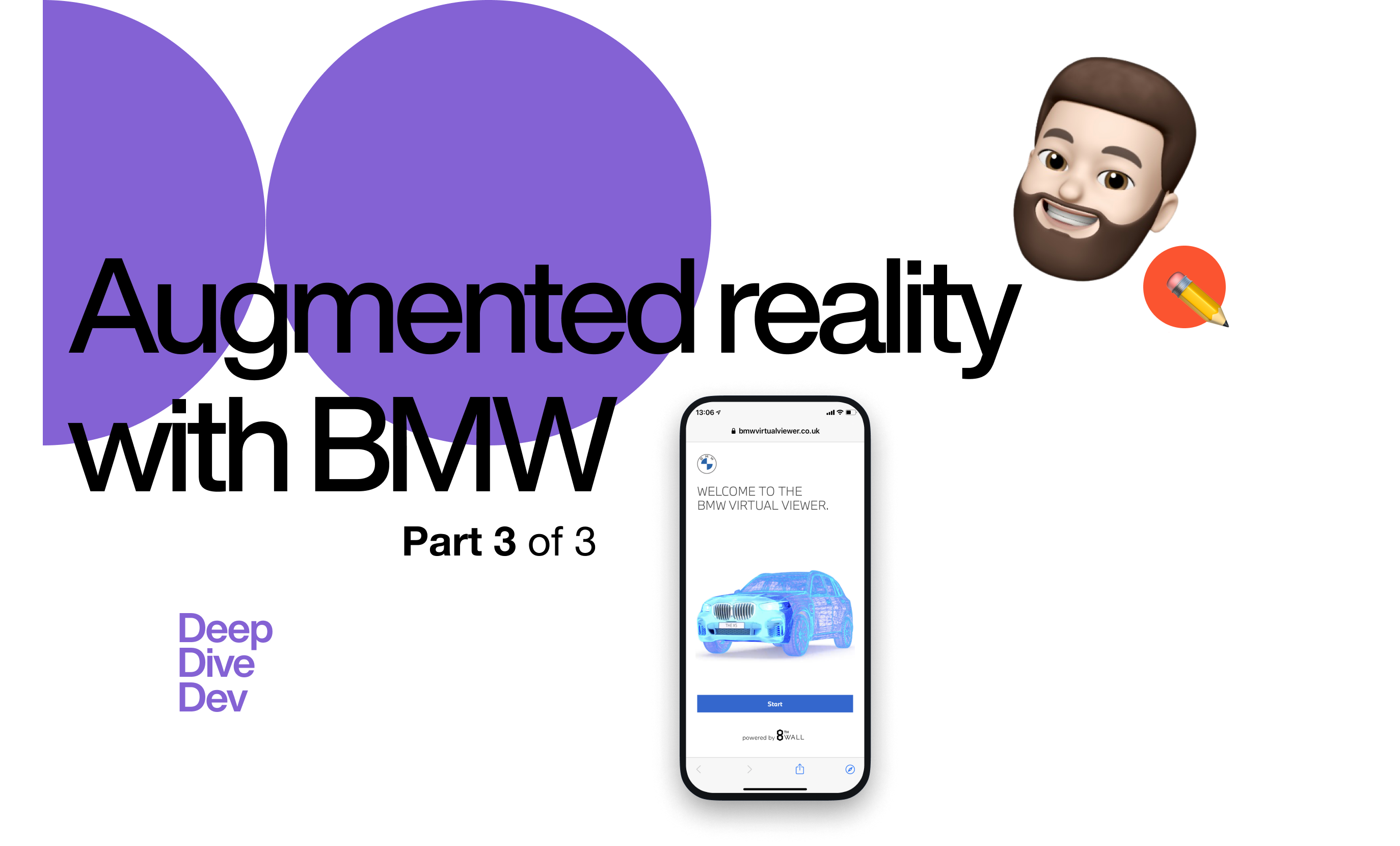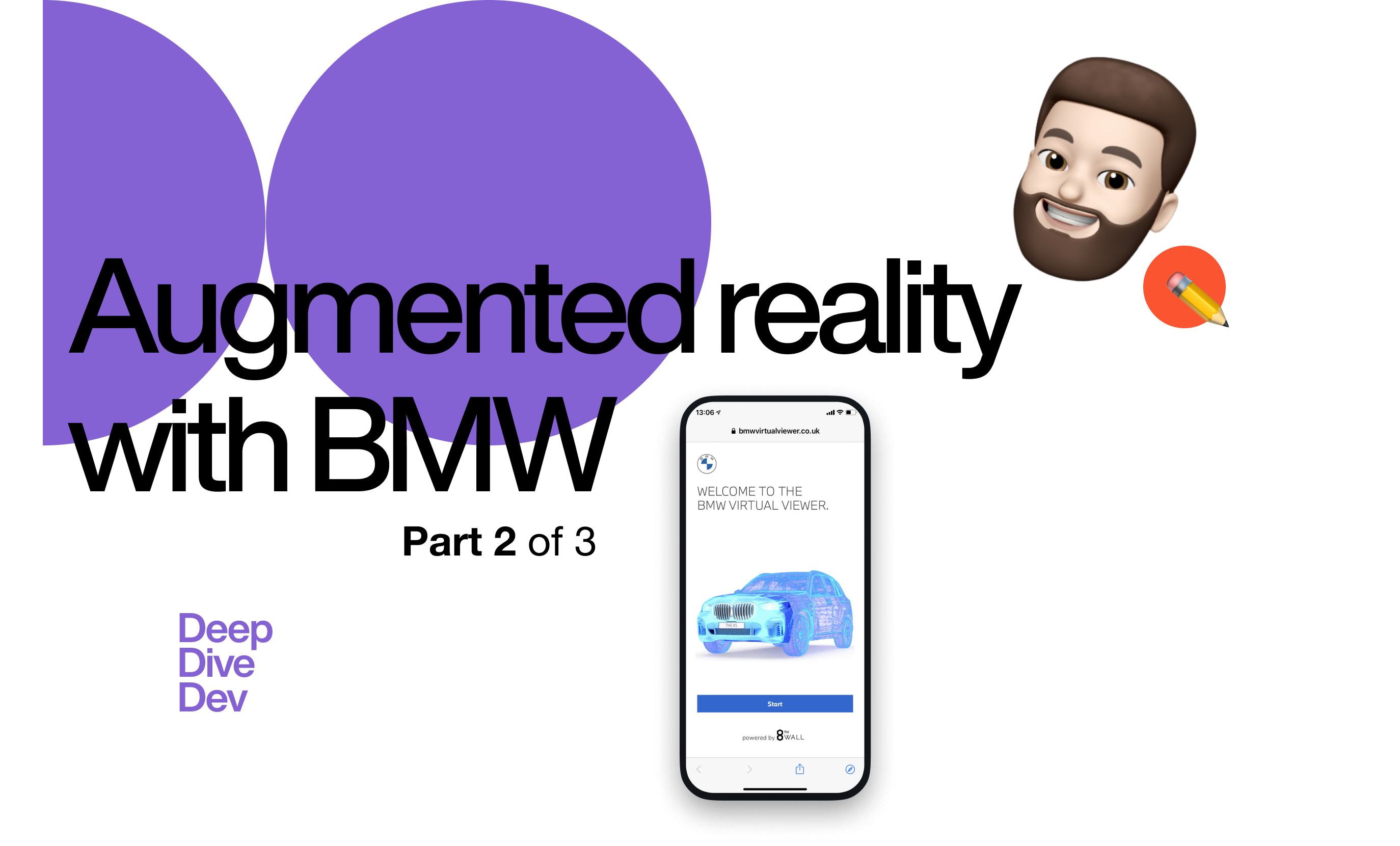Why delve into agile software development?
Fast and efficient software development is vital for most companies today, as they’ve to survive in an ever-changing business environment. Fortunately, more and more companies are recognizing the benefits of agile software development. In contrast to traditional software development methodologies, agile methods allow you to adapt quickly to changing needs. They maximize process efficiency, provide a framework for the creation of high-quality products, and help you get a minimum viable product version ready as soon as possible. Sounds good, right? It doesn’t matter if you’re already contemplating testing the methodology or just wish to get a better understanding of it, we’re sure you’ve got a lot of questions. Don’t worry: we’re armed with the same number of responses. Let’s get started!
What exactly is agile software development?
- Agile is all over the news today. Isn’t it just a fancy buzzword?
Yes, it is! However, in many cases its use makes sense, especially when it comes to digital product development.
- OK, I believe you. But is this method only used in the IT sector?
Not exclusively! You’re right in the sense that the model itself has grown out of this industry, but today, 40% of companies are working on its introduction – including the financial and telecommunications sectors. Being agile can mean many things: we can be agile as individuals, teams, organizations, but we can also be agile athletes and thinkers. However, in order to succeed, clearly defined goals are definitely a must when opting for this methodology!
- I see! But what exactly is agile software development?
Agile software development is a set of methods and practices based on the values and principles expressed in the Manifesto for Agile Software Development and the 12 Principles behind it. It’s that group of software development methods where the project is broken down into small milestones. New product versions are created during each development cycle, i.e., each step involves the expansion of the system with an additional function.
- So there isn’t only one agile method?
Good point! There are several agile development methods. These are the most popular ones:
- It’s great that there are so many choices, but how do I decide which one to use?
The decision always depends on the corporate goals. Agile software development is not a one-size-fits-all solution, as no two projects or businesses are alike. Different methodologies exist to meet different corporate and testing goals/needs. Consequently, it’s important to carefully consider which methodology best fits the specific needs of your project before making a decision.
- How’s a software created using the agile approach?
Agile software development is usually an iterative process, meaning that specification, design, development and testing phases overlap. The software is not developed as a complete unit, but step by step, in smaller units, where each step involves the expansion of the system with an additional feature. This process always results in fully integrated and tested programs, but takes only one step forward from week to week. In contrast to traditional models (e.g., waterfall model), here, the emphasis is usually on the early development of a rough-and-ready system, which is then further refined.
- Waterfall model? What’s that?
The Waterfall Model is one of the oldest project management methodologies. In this case, development is broken down into several sub-processes: each phase must be completed before the next phase can begin and there’s no overlapping in the phases. It’s characterized by a linear sequential flow without any iterations, hence, it’s quite rigid. If the project needs a revision, one has to reckon with delayed deadlines and increased costs. However, its advantage is that it allows for departmentalization and control. Therefore, besides software development, it lends itself well to product development as well. Due to its simple and easy-to-manage structure, it’s often used in smaller and well-defined projects.
- You’re mentioning the word iteration for the second time… what exactly does this term mean?
Iteration is a process that’s performed once or over and over again in order to come up with the best possible solution. But what does this mean in practice? The Development Team initially subdivides the product into sub-functions and adds a function during each iteration. Furthermore, the team corrects errors found during the previous iteration. Then, after each development cycle, they collect feedback and experiences based on which they improve, refine and further expand the product over the next cycle. As a result, the product will get better and more complete over each cycle.
- Why is agile development better than traditional methods?
It enables a user-centric workflow: the software is brought to market relatively quickly. Consequently, lessons learned from user feedback and statistics can be quickly incorporated into the software being developed.
- So… the users tell me what the product should look like?
Well, yes and no. They don’t tell you what the product should look like, but what they need and what they find useful in that particular application. And all this determines what the product should look like. Agile software development therefore helps to make the application user-centered rather than function-oriented.
- Does this mean that agile software development is a guarantee for a successful product?
Agile software development alone doesn’t guarantee success. However, it provides an opportunity to better adapt your software to the needs of your target audience as well as to occurent changes in these needs.
- Do I understand it right, is agile software development faster than traditional methods?
Yes, there’s a good chance that it’ll lead sooner to a software that can be presented to users. As compared to traditional methods, agile software development enables you to create a simple software version, which is suitable for collecting user feedback much sooner. This way, you can quickly and easily incorporate the lessons into the next product version.
- Does this mean that users get a semi-finished product?
They will never receive a semi-finished product, but an application with basic functions. This may initially mean only one function. An example would be the image sharing function of Instagram. This is the minimum viable version of the product, i.e., the MVP. Although this product version has only few features, it can be presented to users early on, so you can gather valuable feedback.
Agile software development in practice
- How long does agile software development usually take?
Whether it’s web or mobile application development, development time always depends on the complexity of the given project. However, the big advantage of agile software development over the traditional model is that your app can reach users much sooner.
- And how do you schedule a project in agile development?
Together with your quote, you’ll receive an approximate plan for your project schedule, which will be based on the estimated completion time and the size of the dedicated team. Of course, we also take unique needs into account: for example, if you’re pressed for time, we increase the size of the project team in order to reduce lead times.
- Great, but how does agile development work in practice? Who does what?
If the task is to turn an idea into a usable application, the team usually consists of the following experts:
- UX designer: detects and tests user journeys.
- UI designer: designs application screens and various design elements.
- Developer: translates design plans into a usable application.
- Tester: ensures that the product is created according to the plans.
- Project manager: oversees the project and facilitates the communication between the client and the project team.
- Decision maker: represents the client’s business goals.
- I understand pretty much now and I feel that this methodology is quite nice and useful, but the thing is that we’ve never used anything like this at my company. What should we do?
If your colleagues are open-minded enough, it’s worth taking the time to learn the processes. The best solution is to look for experts who can help you master the methodology.
- Alright, but agile software development seems quite complex to me. How are we going to track what’s happening with the project?
As already mentioned, one of the biggest advantages of agile software development is that it’s an iterative process, which requires constant interaction between the team, the Product Owner and the client. For example, using the Scrum methodology, you’ll get an idea of where the project is going and what’s going to happen in the next two weeks during bi-weekly Demo meetings. However, we also give you the opportunity to track progress on a daily basis with our Nostromo project management application.
- Product Owner? Who’s that?
The main task of the Product Owner is to maximize the value of the product created by the Development Team. That is, he or she represents user and business interests.
- Does this mean that I should hire a Product Owner?
Not necessarily. Ideally, the Product Owner strengthens the customer’s team. However, this is rarely the case in reality. So as long as there’s a dedicated product manager in your team, there’s nothing to worry about!
- What’s going to be our task?
You’ll have to make the decisions, however, our team of experts will definitely help and guide you through the process. To what extent you get involved in working together is partly up to you. Here at Digital Natives, for example, you can work together with our team of experts on a daily basis, and even move into our office for a week each month as several of our clients have already done.
- Sounds good, but we aren’t tech-geniuses. Is this a problem?
No at all! Nor is it a problem if you aren’t design-savvy. We’re here to help you in making technology and design related decisions. Believe us, our project managers are real masters in translating technical questions into easy-to-understand language.
- What if I want to scale? Does agile software development still work?
Of course, an agile software is as easy to scale as a product built with the traditional model. Or, we can also say it’s just as difficult.
Agile software development & costs – What to look out for?
- I’ve heard that the agile methodology can even save money. Is this true?
Indeed! Agile development allows you to create only those functions that are really needed. That way, neither money nor time is wasted. Furthermore, continuous feedback helps you to better understand your target audience and the market, which can increase the effectiveness of your marketing strategy and reduce your costs at the same time.
- That’s great! But how much will agile software development cost me?
Agile methodology itself? Nothing. The cost of your product or project, of course, depends on the complexity of the product. Since it’s almost impossible to predict the resource requirements of an application, we at Digital Natives usually bill on the basis of ‘time and materials’, that is, the time spent on the project.
Agile software development – Common concerns
- So you’re real “agile gurus” then? What does it take to become one?
It depends on what you mean by an agile guru. We at Digital Natives have been working with agile methodologies for over ten years. We’ve tried a lot of methodologies and now we’re aware of how to select the best methodology for a specific project while taking into account the potential benefits and drawbacks.
- Do you have any feedback from your previous clients about this?
Maybe the best feedback is that we have a lot of returning clients and that a lot of them recommend us to other companies as well. For this reason, we work almost only on the basis of inquiries, we don’t have almost any direct sales activities. And we’re proud of that!
Summary
Agile software development undoubtedly outruns traditional methods in terms of efficiency: the product is delivered in smaller “batches”, eliminating the possibility of several future errors, and making it easier to respond to user feedback while creating a digital product that responds exactly to your users’ needs. However, it’s worth knowing that agile project management works only if the structure of your company supports the organization and collaboration of cross-functional teams. Additionally, choosing the right methodology for your project is also crucial. We always recommend trying the agile approach only in the course of smaller projects at first to ensure a smooth transition. Have you ever had a project where in retrospect you feel that by using the agile software development methodology you could have created a more successful product? Tell us about it in the comment section.
Learn about careers in Software Engineering






Have a look at our social media